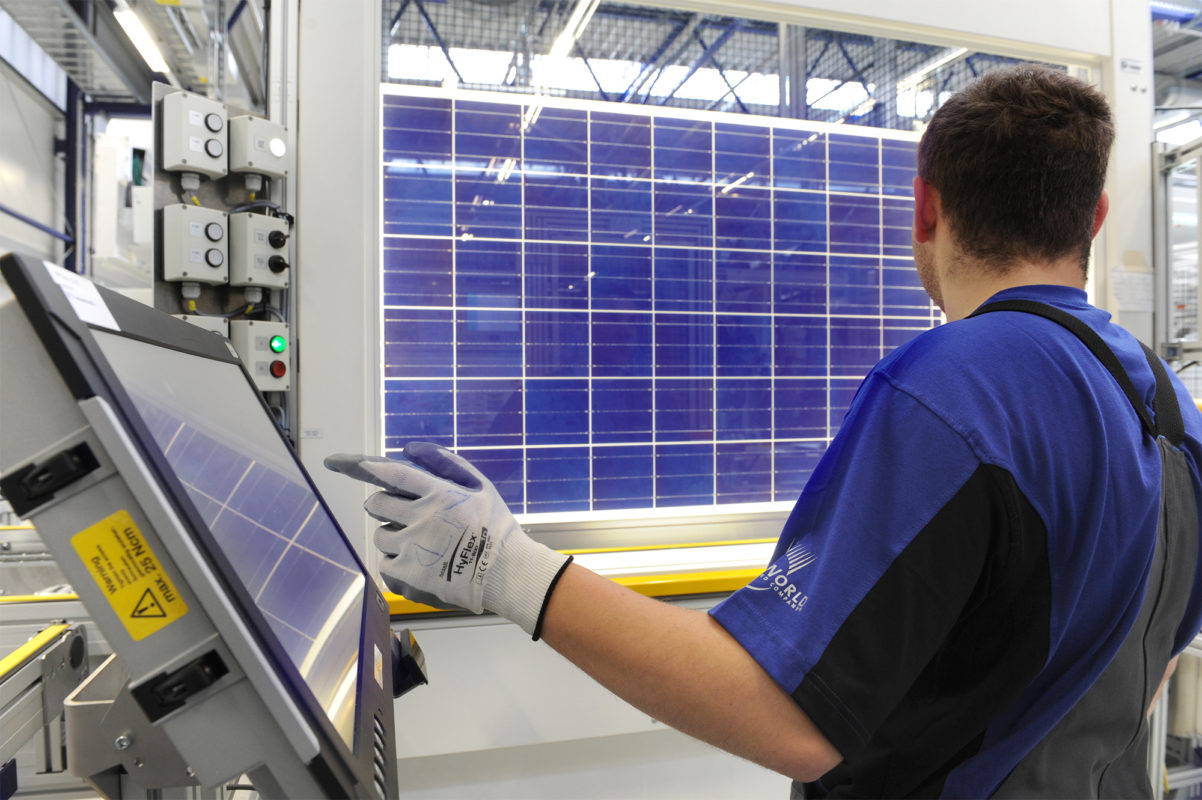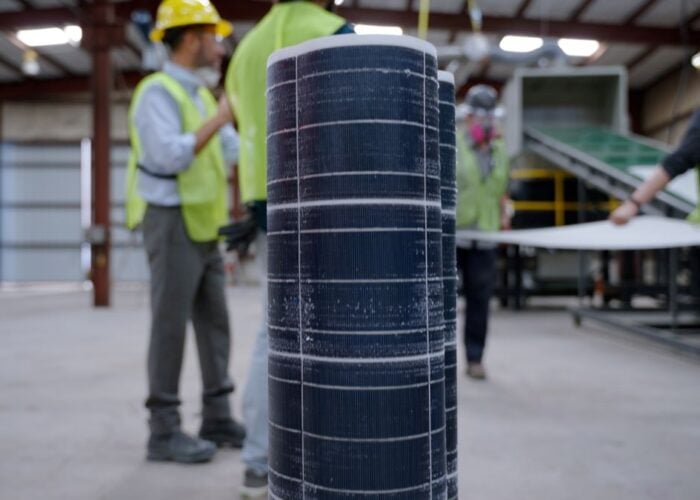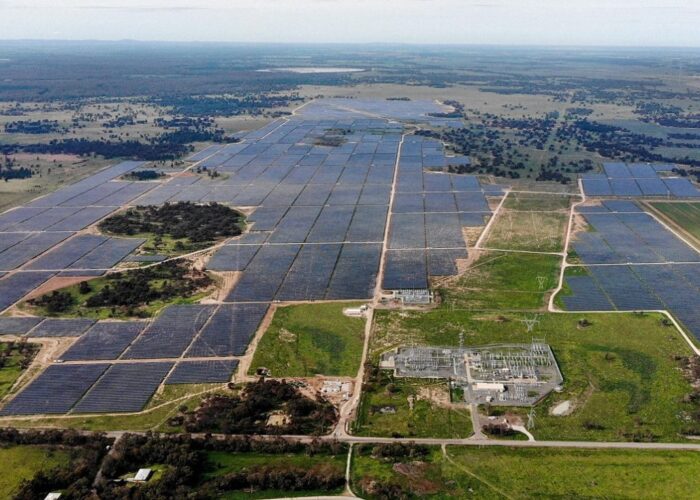
Employment in the US solar sector declined by 8,000 in 2018, or around 3.2%, according to the latest Solar Jobs Census.
Overall, solar jobs totalled 242,000, down from around 250,000 in 2017. Losses were largest in California (-9,576) and Massachusetts (-1,320) with Florida (+1,769) and Illinois (+1,308) offering up the largest gains.
Try Premium for just $1
- Full premium access for the first month at only $1
- Converts to an annual rate after 30 days unless cancelled
- Cancel anytime during the trial period
Premium Benefits
- Expert industry analysis and interviews
- Digital access to PV Tech Power journal
- Exclusive event discounts
Or get the full Premium subscription right away
Or continue reading this article for free
The latest iteration of the annual report by the Solar Foundation also recorded a fall in manufacturing jobs of 8.6% from 2017 to 2018. An increase is forecast for 2019 taking 2018’s tally of 33,726 to 34,949. The survey includes any job that is solar related for 50% of the time. Manufacturing jobs include modules (31%), mounting (28%) and trackers (12%).
Module jobs are still be created in the US since the introduction of President Trump’s duties on most imported cells and modules. SunPower’s retooling of the old SolarWorld Americas plant in Oregon, First Solar’s new line in Ohio and the potential Tesla factory in Buffalo, New York are among the larger planned additions or expansions.
Jinko and LG are also looking at module assembly functions in Florida and Alabama respectively.
Mounting and tracker manufacturers, which represent 40% of those nearly 34,000 jobs have been hit not only by stagnant demand in the states, but also by rising steel costs. Trump’s steel duties were cited to PV Tech as the main factor in a swathe of job losses at one racking firm in 2018.
Abigail Ross Hopper, president and CEO of the Solar Energy Industries Association (SEIA) said the data highlighted the negative impact of the Section 201 trade tariffs applied to solar imports.
“The damage, from a decline in jobs to a decline in deployment, far outweighs any potential benefits the administration intended.
“We hope this data serves as a wake-up call to the administration that the Section 201 tariffs should be reversed before any more Americans lose their jobs.
“That said, despite this adversity, the US solar industry’s long-term growth trajectories remain strong. Solar is entering new markets across the country each day, delivering communities well-paying jobs and billions of dollars in economic investment each year,” she added.







